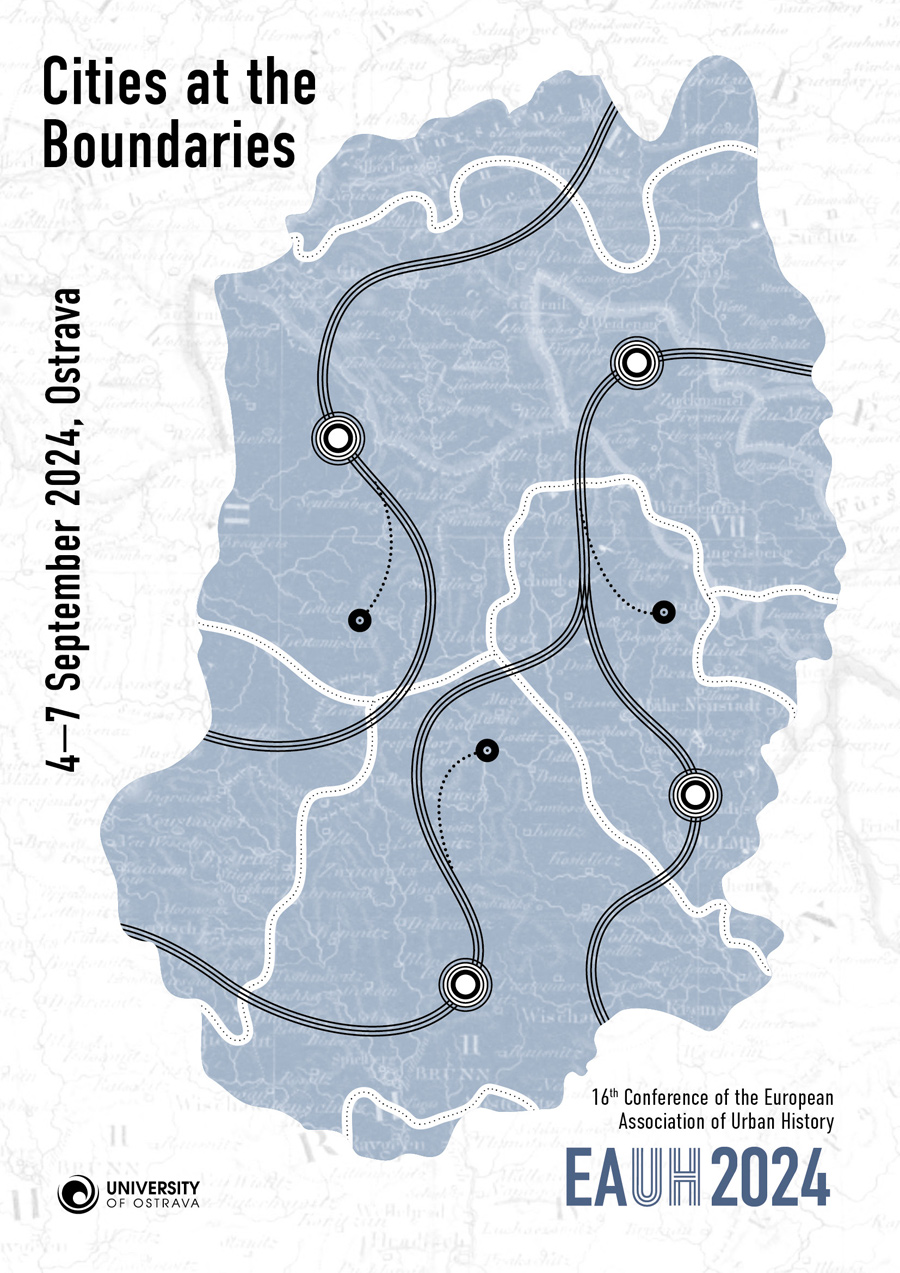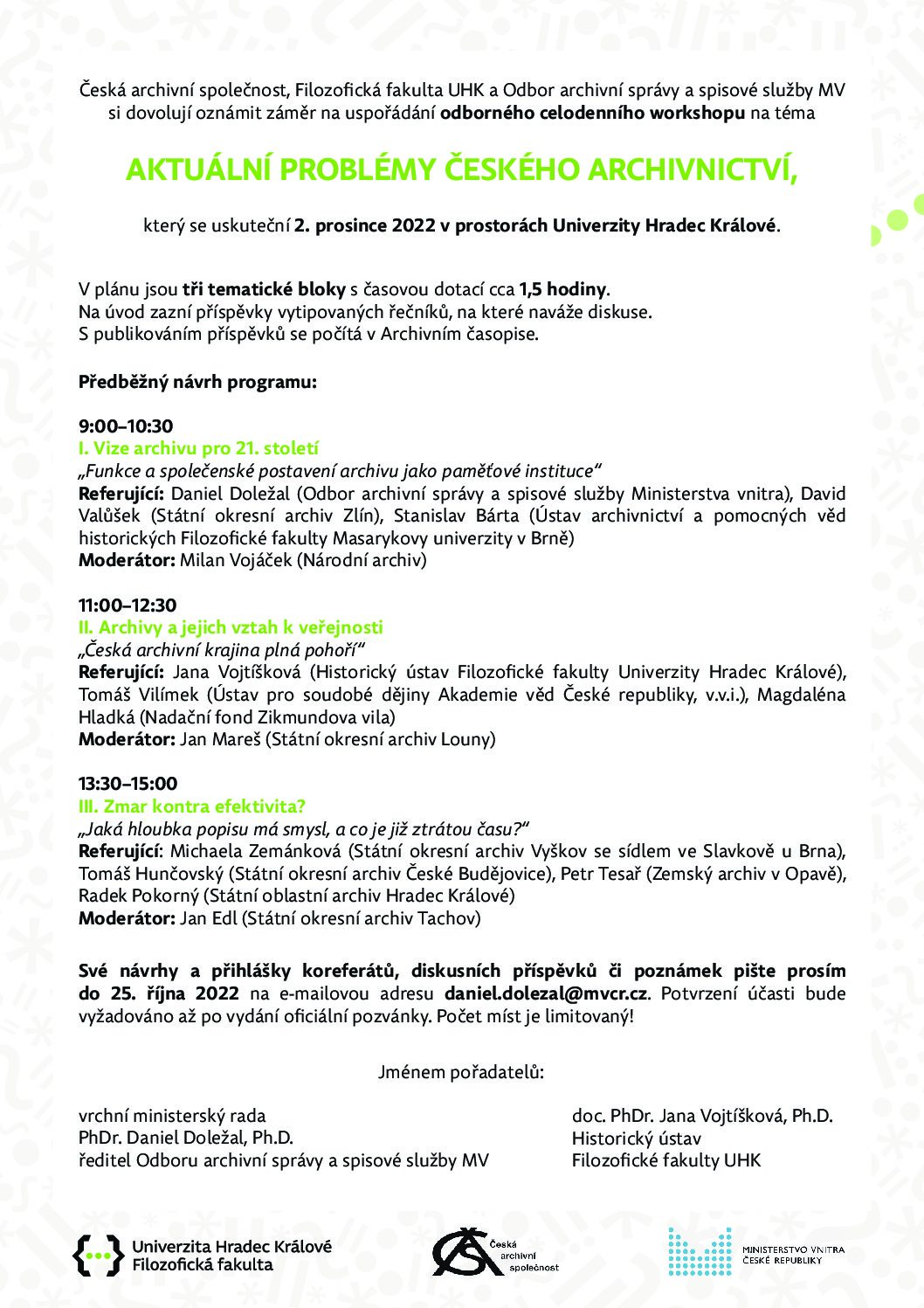EAUH 2024 in Ostrava
Call for Papers by the 20 October
https://eauh2024ostrava.osu.eu/call-for-papers/
Main Sessions:
M26 Imaginary vs. Real: Towns on the Border and Border in Towns
Main chair: Jana Vojtíšková, doc., PhDr., Ph.D., Institut of History, University of Hradec Králové (Czech Republic)
E-mail: jana.vojtiskova@uhk.cz
1st Co-chair: Drahoslav Magdoško, Mgr., Ph.D., Institut of History, Pavol Jozef Šafárik University in Košice (Slovakia)
E-mail: drahoslav.magdosko@upjs.sk
2nd Co-chair: Josef Kadeřábek, PhDr., Ph.D., Regional Museum in Slaný (Czech Republic)
E-mail: kaderabek.josef@seznam.cz
Short abstract
The section will be interdisciplinary, with an emphasis on the connection of history, sociology, and anthropology. It will deal with the issue of imaginary borders in urban space, in the wide timeframe of the Middle Ages and the Early Modern Period.
Keywords: symbolic communication; imaginary boundaries; mind mapping; historical and visual anthropology
Topic(s)
symbolic communication; imaginary boundaries; mind mapping; historical and visual anthropology
Session content
There are borders that no one drew on maps, but people carried them in their minds. Often contemporaries even perceived them more sharply than the real, visually represented ones. Exceeding these imaginary boundaries was undesirable, punishable, and had social, economic, and political consequences. The goal of our section is to raise and then deepen the topic of imaginary borders and maps in the field of research in urban history. How did imaginary borders come about? Did they enter urban space to become physical boundaries? Did the vanished physical boundaries remain in people as mental traces? Were there rituals associated with crossing them? We would like to find an answer to these and many other questions with the help of the methodology of historical and visual anthropology, urban studies, or the history of everyday life. The issue of mental or imaginary mapping, which deals with the creation of alternative city maps and plans based on local awareness or the nomenclature of city districts used by different social groups, should not be left out. We are also interested in the answers to the questions whether these imaginary maps have the same borders as the physical ones, what their roots are. How do the imaginary maps of different social groups differ? In connection with the above, we open the scope to both medieval and early modern themes, so that we can trace the phenomenon of the imaginary borders of our ancestors across these two epochs in the light of summary contributions and case studies.


